I suppose it was inevitable that there would be considerable media interest in a story about our major broadcaster planning sweeping cuts to what many of us feel is one of the most vital and nationally important aspects of its services – though to the people that run the BBC it seems to be regarded as a loss-making nuisance.
I’ve long felt that the BBC wastes most of the licence fees it collects and making TV programmes that may have high audience figures but that basically are little different to the offerings from commercial stations, including some which seem little more than thinly disguised promotionals for some industries. And we don’t even have a car manufacturing industry to speak of.
You can read more about it and see more pictures from the demonstration in Save the BBC World Service on My London Diary.
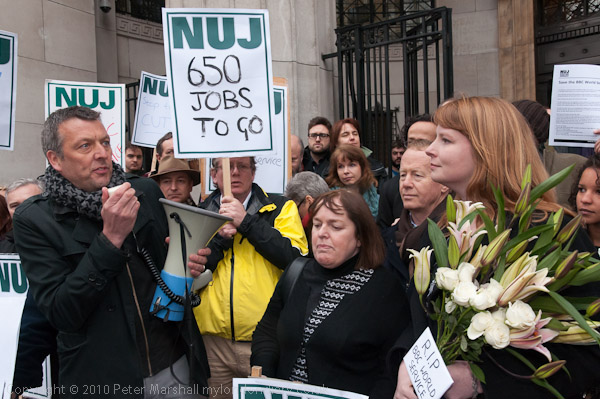
NUJ General Secretary Jeremy Dear speaking at the demonstration
Photographically the biggest problem was that there were too many of us trying to take pictures and film in too small a space. I was lucky to be in the right place at least some of the time, although of course you largely make your luck by reading the situation and spotting opportunities that others have yet to see. So when Jeremy Dear, the NUJ’s General Secretary came to make his speech, I’d moved into what I thought would be a good position around half a minute earlier when I noticed it looked as if this was about to happen.
I’d chosen to stand where I could get Jeremy in a crowd with NUJ placards, and at the right of frame, Michelle with the flowers. Fortunately she was holding the caption ‘RIP BBC World Service’ so I could read it, and this particular frame appealed to me because of the expressions of those in it. In the picture it looks like a pretty decent little crowd (though most of it was out of frame) and there is enough of Bush House in the background to be recognisable to those who know it.
As I took my pictures, there were cameras to the left of me, cameras to the right of me, on top of me and I think shooting through my legs, and I was having to lean back with a little weight to stop myself being pushed forward by the crush. Of course I don’t complain about this, we all need to get pictures, and if I hadn’t been at the front I’d be doing exactly what these guys were doing in order to do so.
Most of us stick by the unwritten rules that come from having to work together, not deliberately getting in each other’s shot and if at times it happens and we point it out, mostly people apologise and try to move away. Because I normally shoot with a very wide angle, a lot of people do wander into my pictures unintentionally, and there are often other lenses poking into the corners or bottom of my images. Occasionally it improves the picture, but more often I just zoom to a longer focal length.
While we were there taking pictures, we were all rather astonished to see a reporter with a compact camera just walk in front of us all so that she could take some pictures. I was slightly less amazed, as this particular person had walked in front of me when I was photographing at an earlier event, and when I politely told her that I was taking pictures and she had just stood in my way she told me that she needed to get her pictures and refused to budge. If you read of a journalist being lynched by photographers it will be her.
Another rather annoying habit that is growing among photographers is that you suddenly see a camera in your viewfinder, held out in front of you at arm’s length by someone leaning over your shoulder. If this habit continues to increase perhaps we will all have to switch to ‘live view’ and photograph in this way to keep ahead of the people behind. It used to be just camera phones that appeared like this, but lately it has been pro DSLRs as well.
Before Jeremy had finished speaking, I decided I had more than enough pictures of him and the other protesters from that viewpoint, and made my way out (it wasn’t easy) to give other photographers a better view.
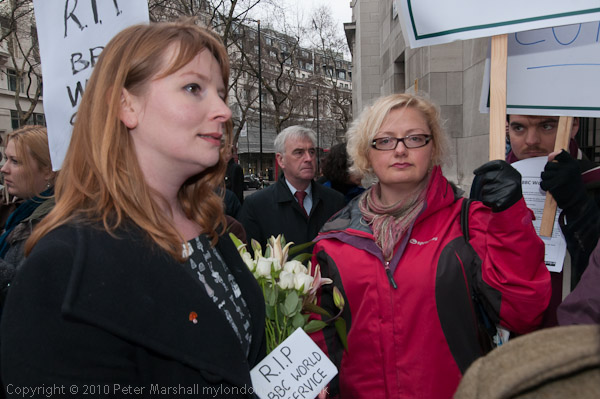
John McDonnell in the background of this picture
I would have liked to have photographed MP John McDonnell speaking a couple of minutes later, but this time I hadn’t got in the right place, and could find no way to get a decent view. Of course I’ve photographed him on many occasions and it would not have been a problem getting him to pose later, but I don’t like posed pictures.
At times like this there would be a definite advantage in being a foot – or even six inches – taller. Sometimes you can make up for it by holding the camera up above your head for a ‘Hail Mary’ shot, and some photographers now carry a monopod or tripod to enable rather more height. If I could fit one in my bag I probably would, but so far I’ve only done this for one or two panoramas where it enabled me to take pictures over fences such as that fortified Olympic fence.
The missing link in making this a more usable technique with pro cameras is a rear view screen that folds out and swivels. But such a device might well be rather fragile in the day to day knockabout our equipment gets.
You can actually buy wireless transmitters or plug in monitors for DSLRs with an A/V output, though they tend to be rather large and rather pricey (though photographer Robert Benson makes one – almost certainly illegal to use in the UK – in his garage for around $200), though good for those who want to use the video possibilities of the more recent DSLRs, though not those I use. But a fairly basic device of this type using a cable from the camera on top of the monopod would make such overhead pictures controllable.
Back to Bush House, here’s an image that shows more of the building:
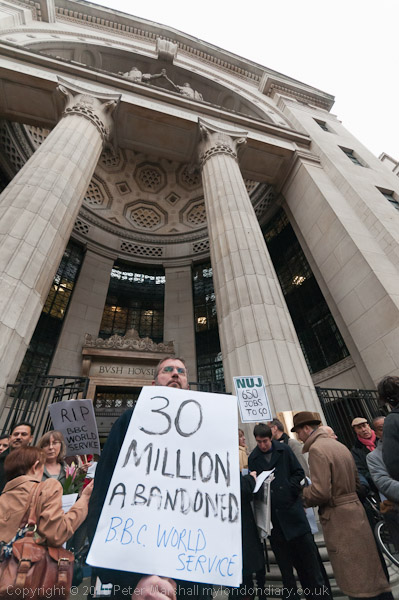
16mm rectilinear view
I took it first with the 10.5mm fisheye, but those pillars don’t work quite as well with a curve in them, even partly corrected:
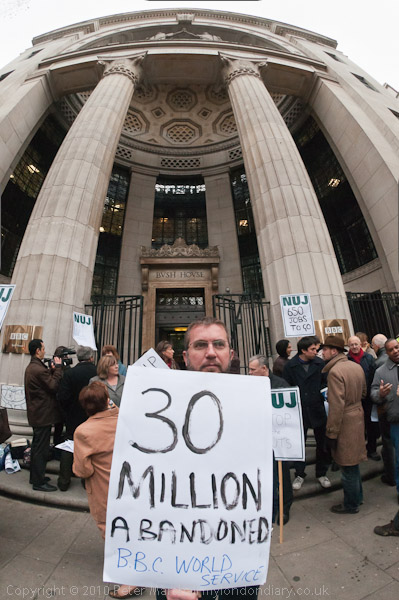
10.5mm fisheye, slight correction in Lightroom
The Lightroom profile for this lens makes the mistake of trying to correct all of the distortion, resulting in a totally unusable image. Just for fun, I tried looking at this image in the Panini Viewer, which implements a rediscovered long forgotten projection used by Italian painters long ago, sometimes called Vedutismo, which has been available for some while for panoramas. The viewer software uses a low quality jpeg, but gives a better idea of the building.

Fisheye mage saved from Panini Viewer and cropped in Photoshop
Later I’ll download other software that will let me do a better job, as the projection, which I’ve been using for around a year for panoramas, really does look to be a promising approach to “de-fishing” images.
Save the BBC World Service on My London Diary.
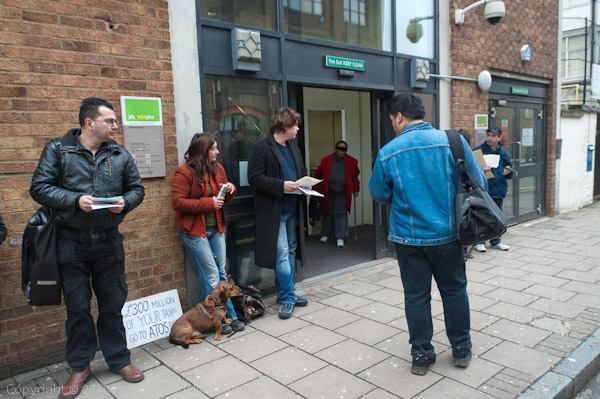
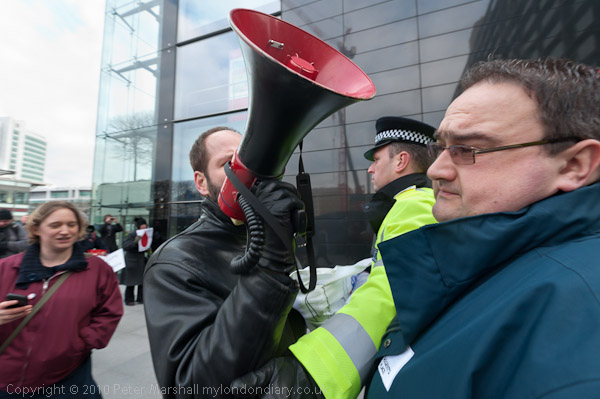
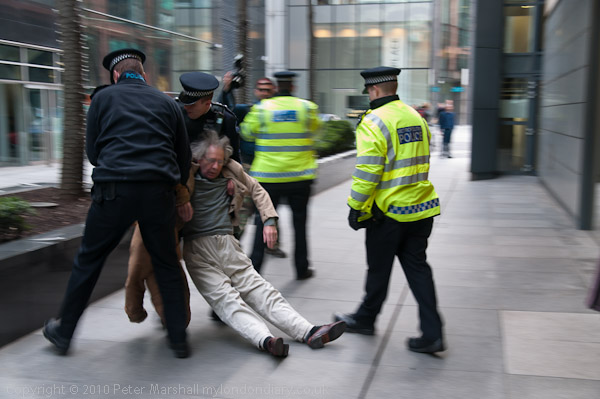
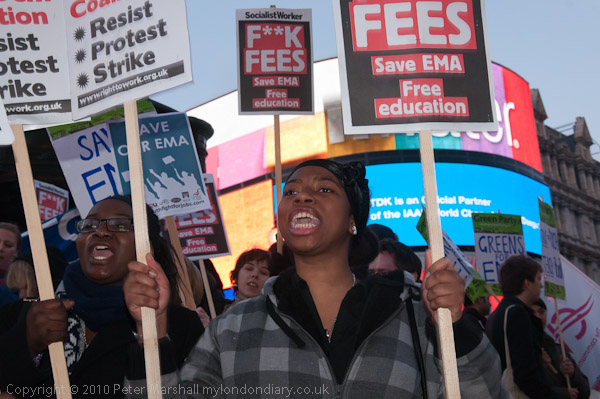
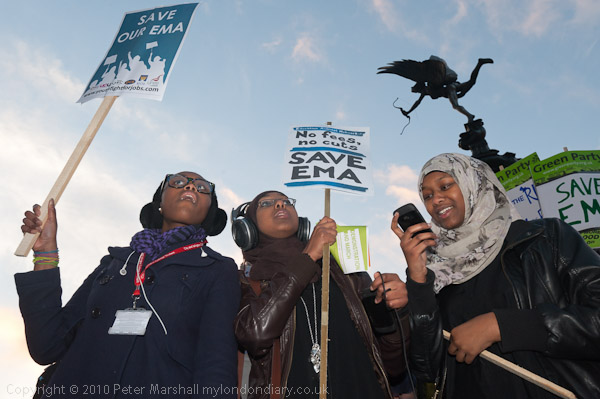
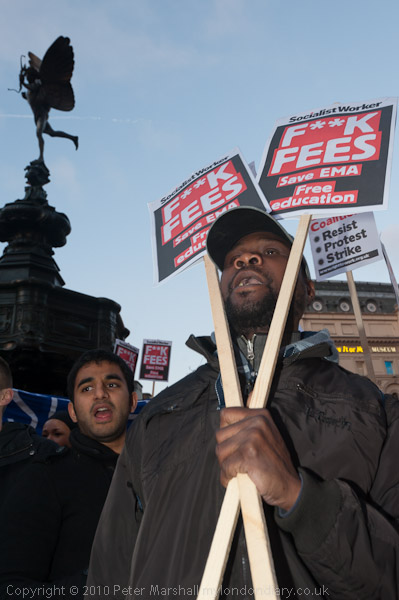

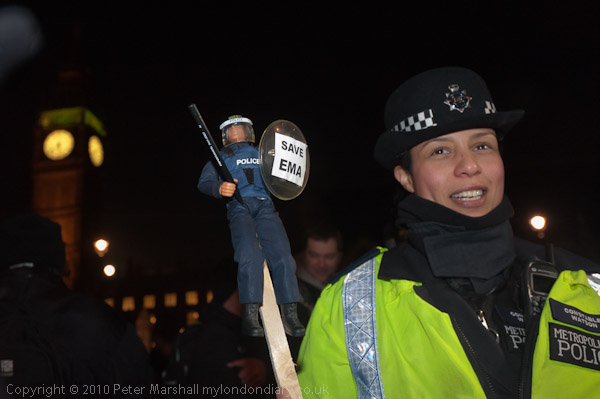
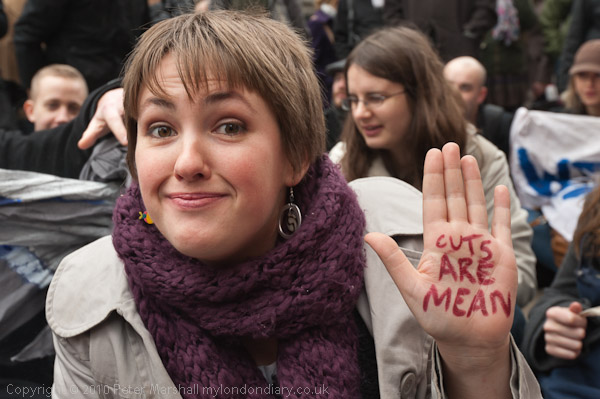

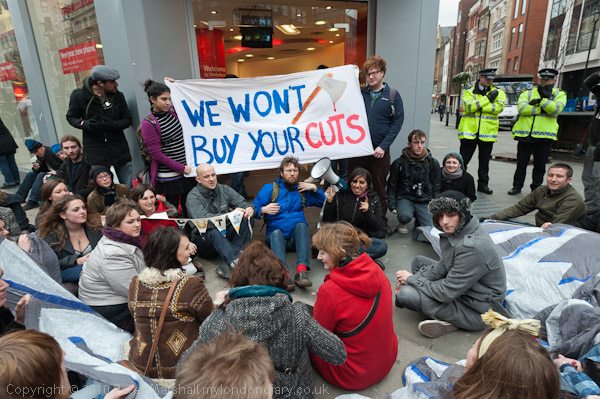
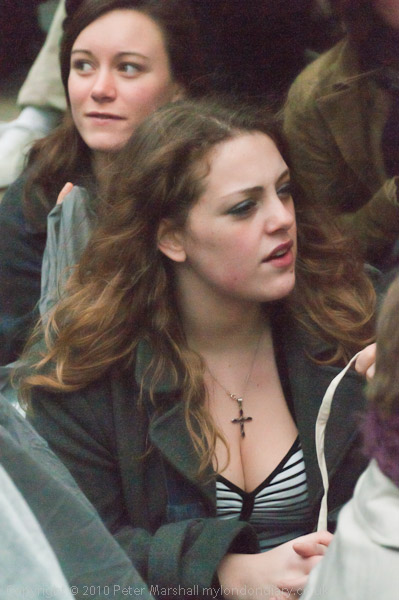
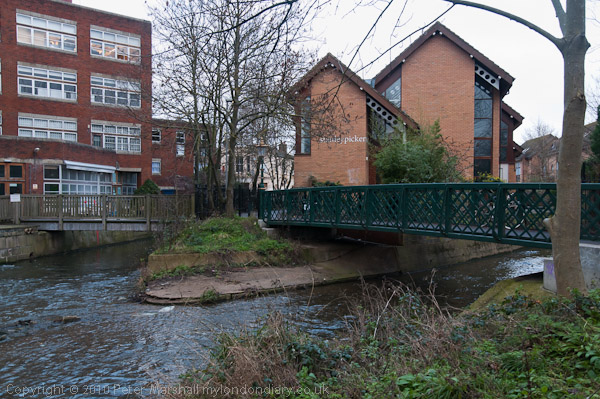
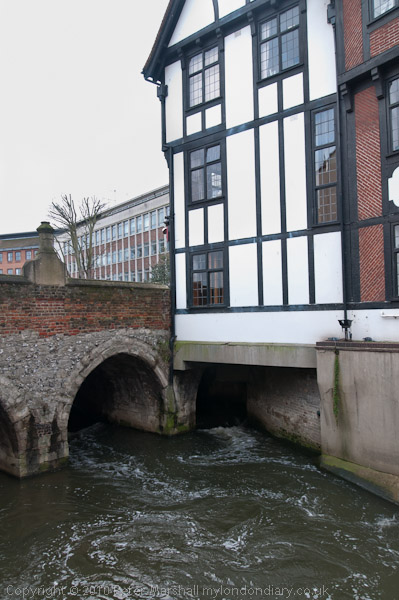
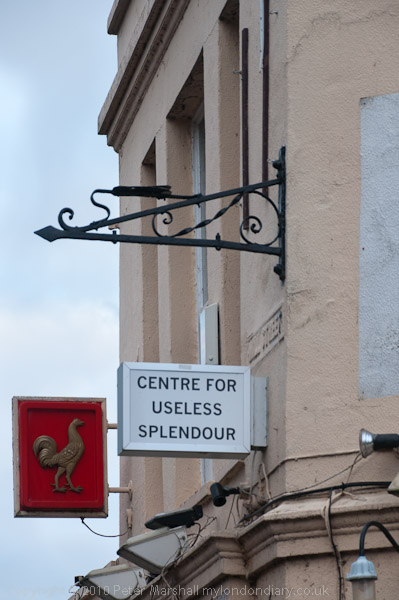
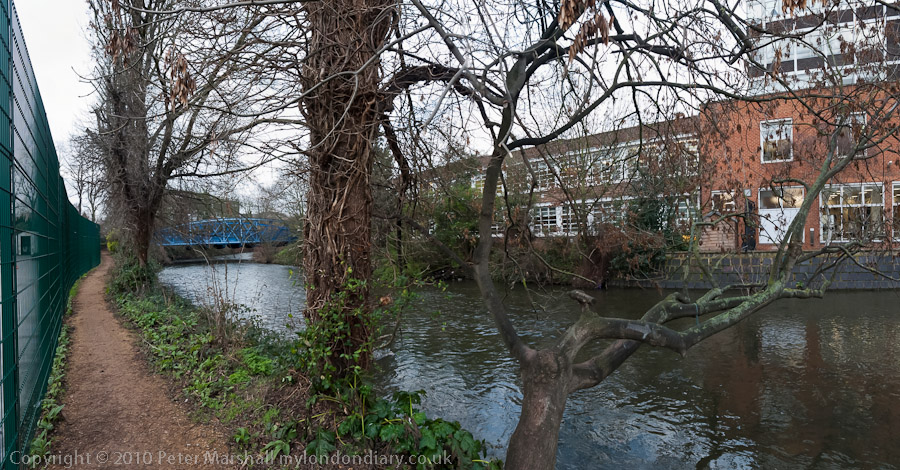

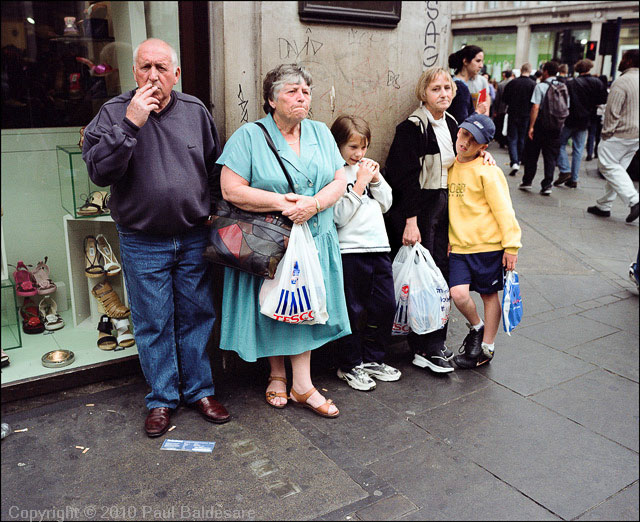 Paul Baldesare: A family group, Oxford Circus
Paul Baldesare: A family group, Oxford Circus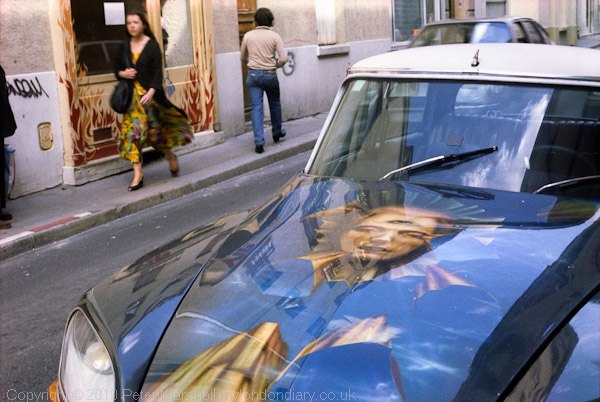 Peter Marshall: Paris 1988.
Peter Marshall: Paris 1988.